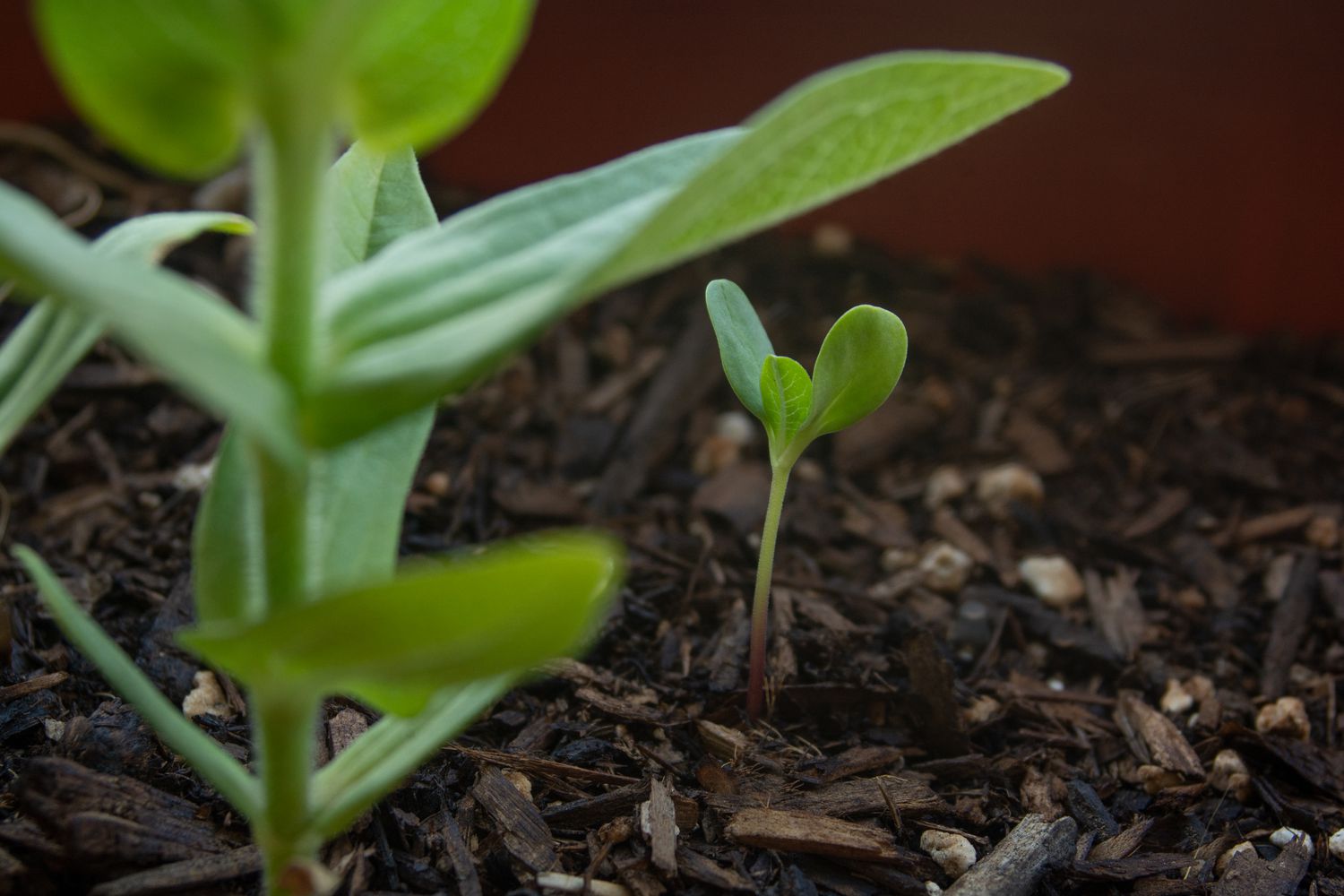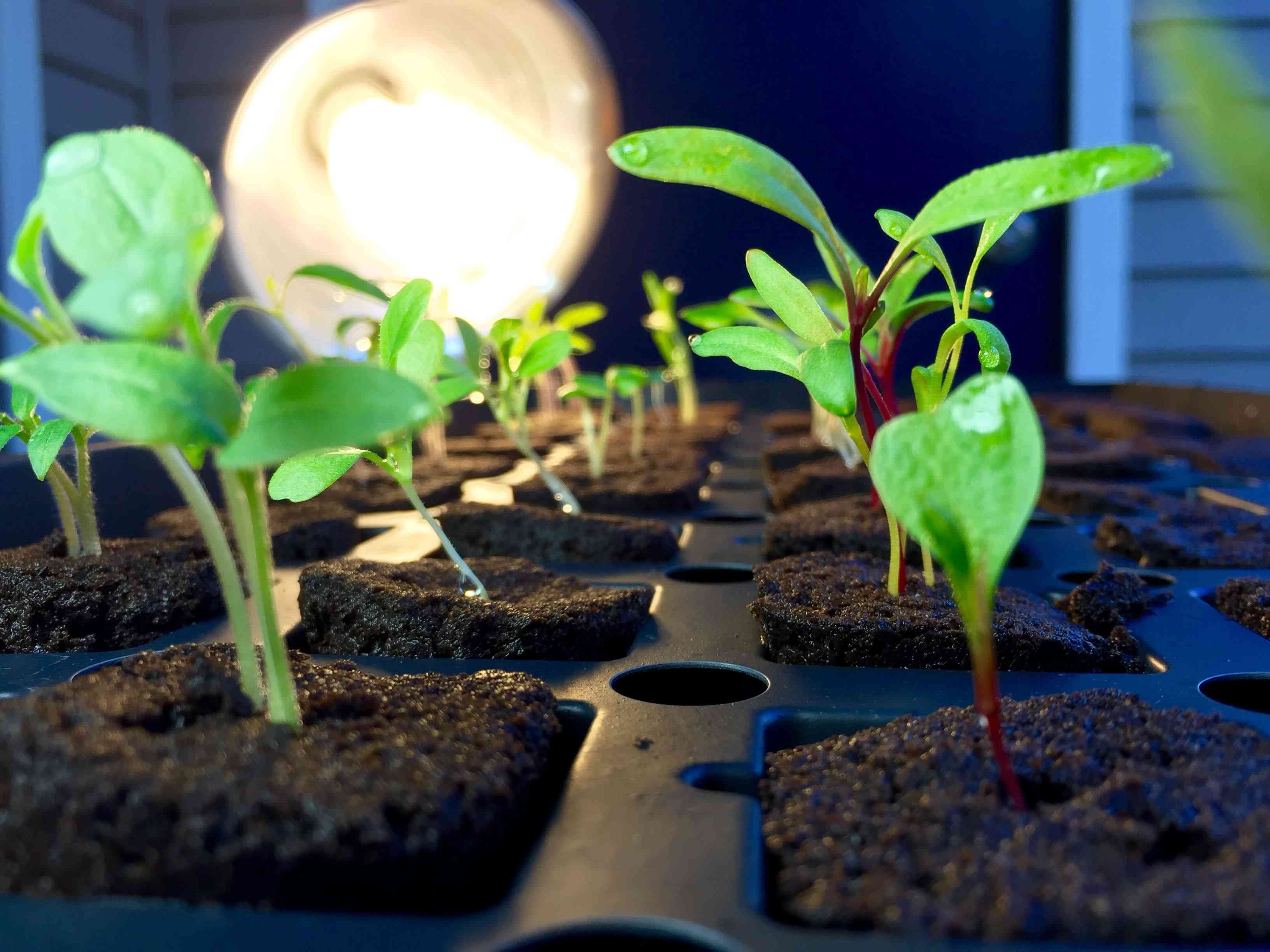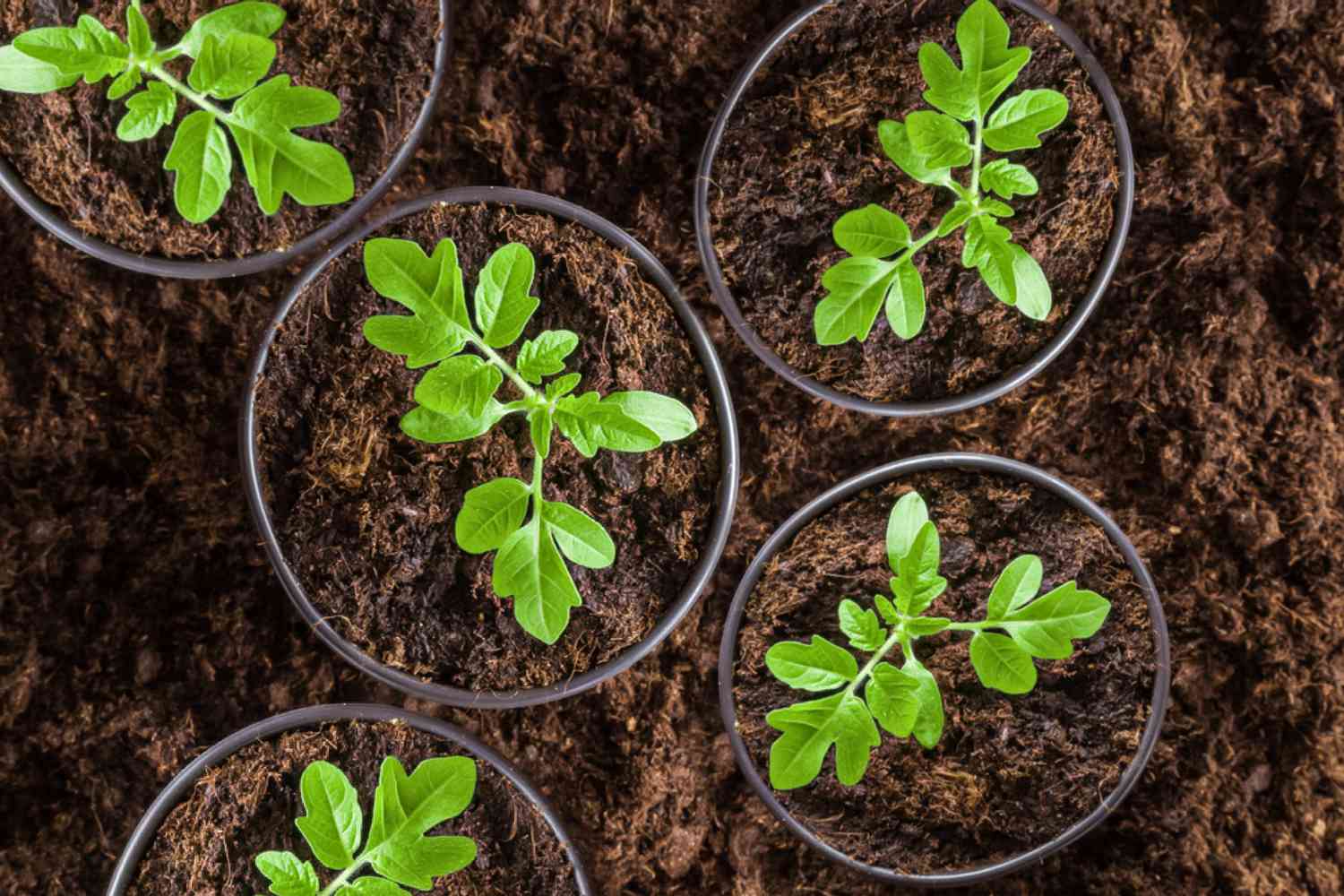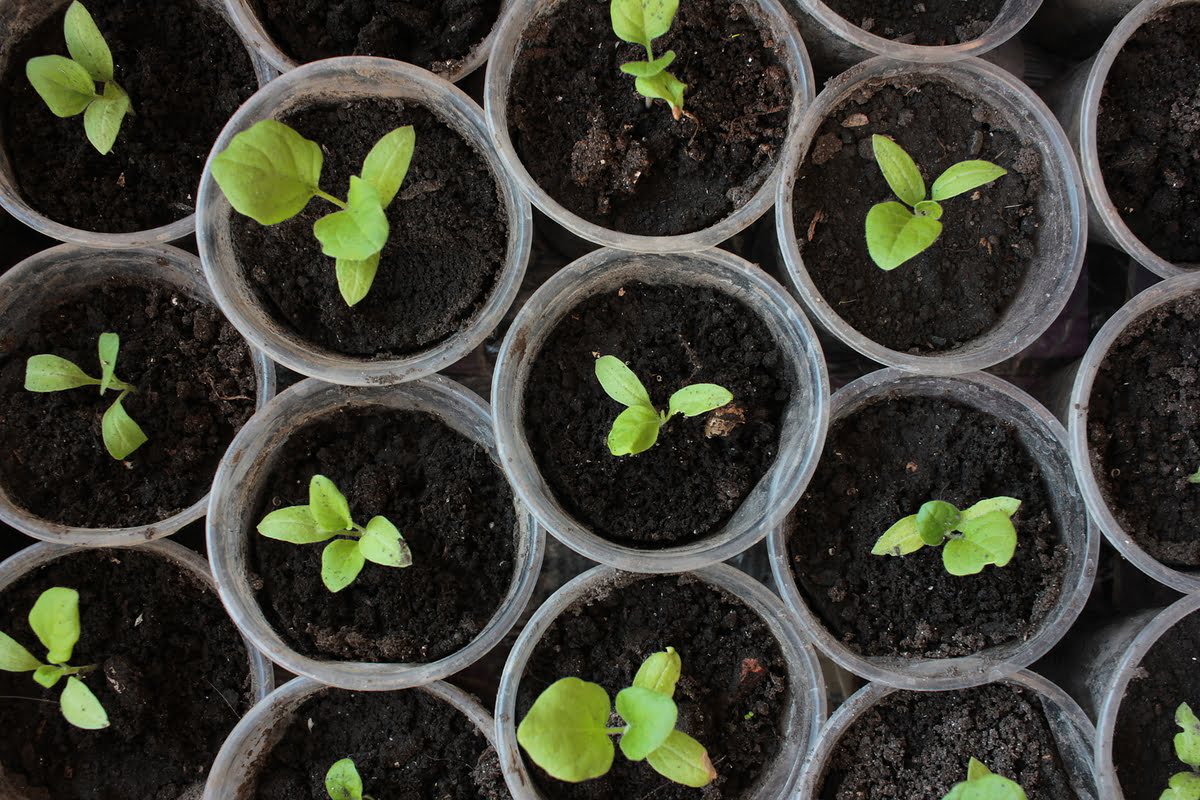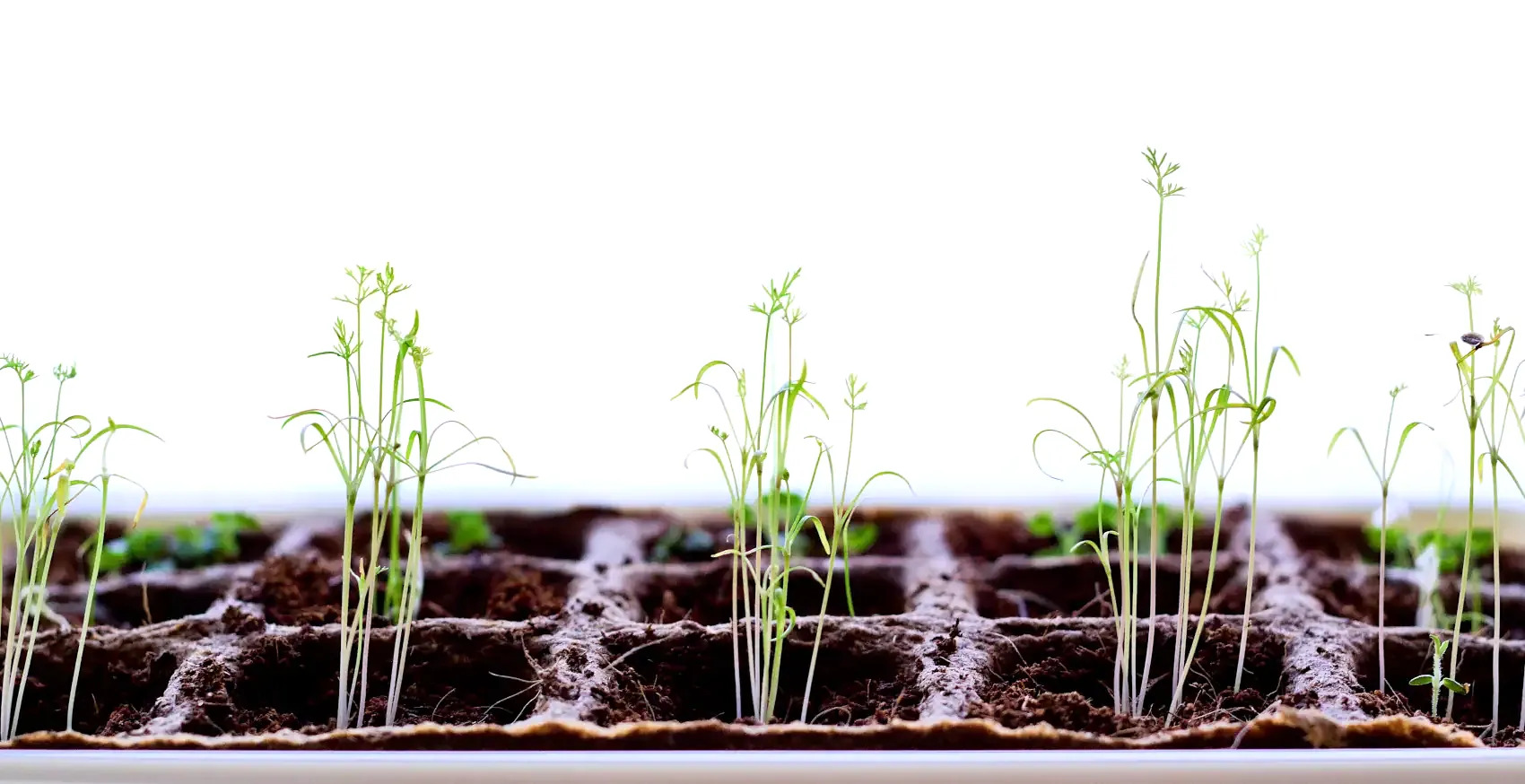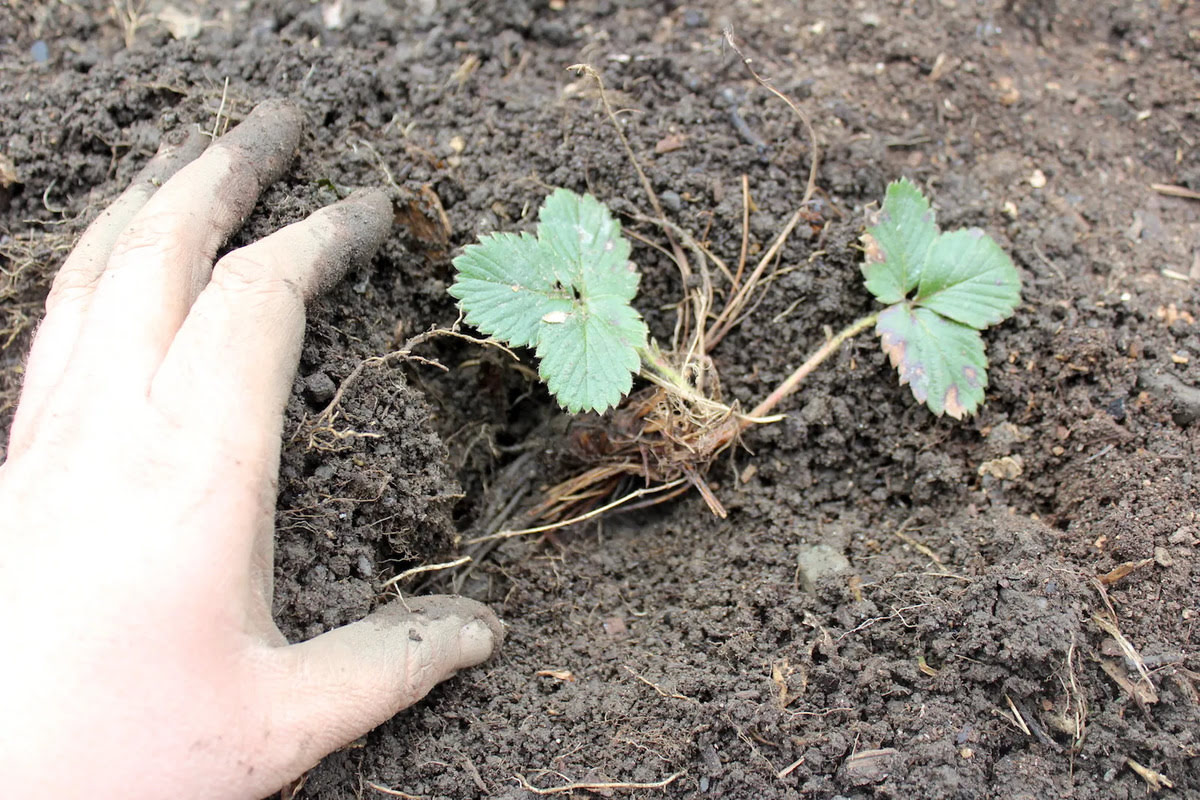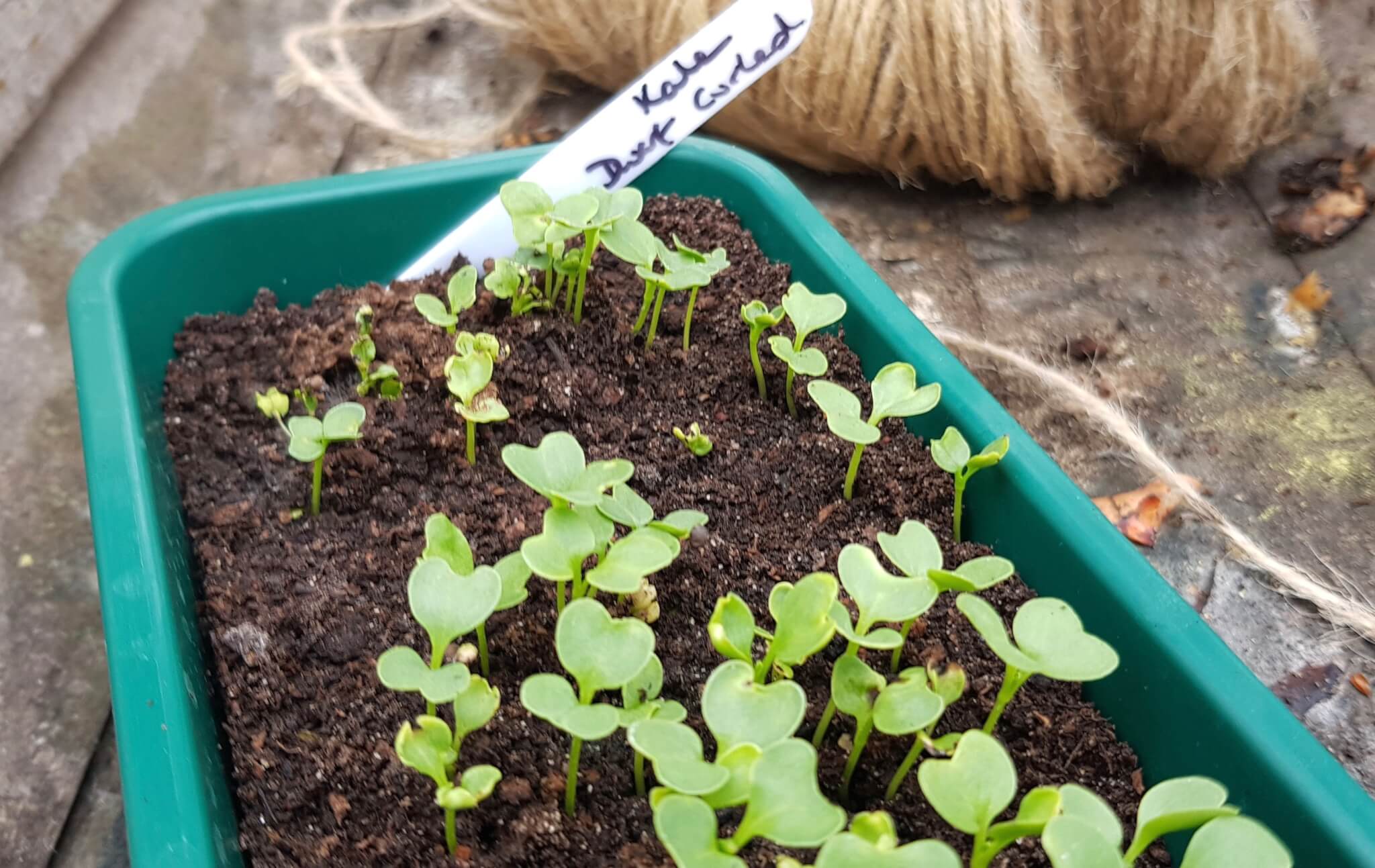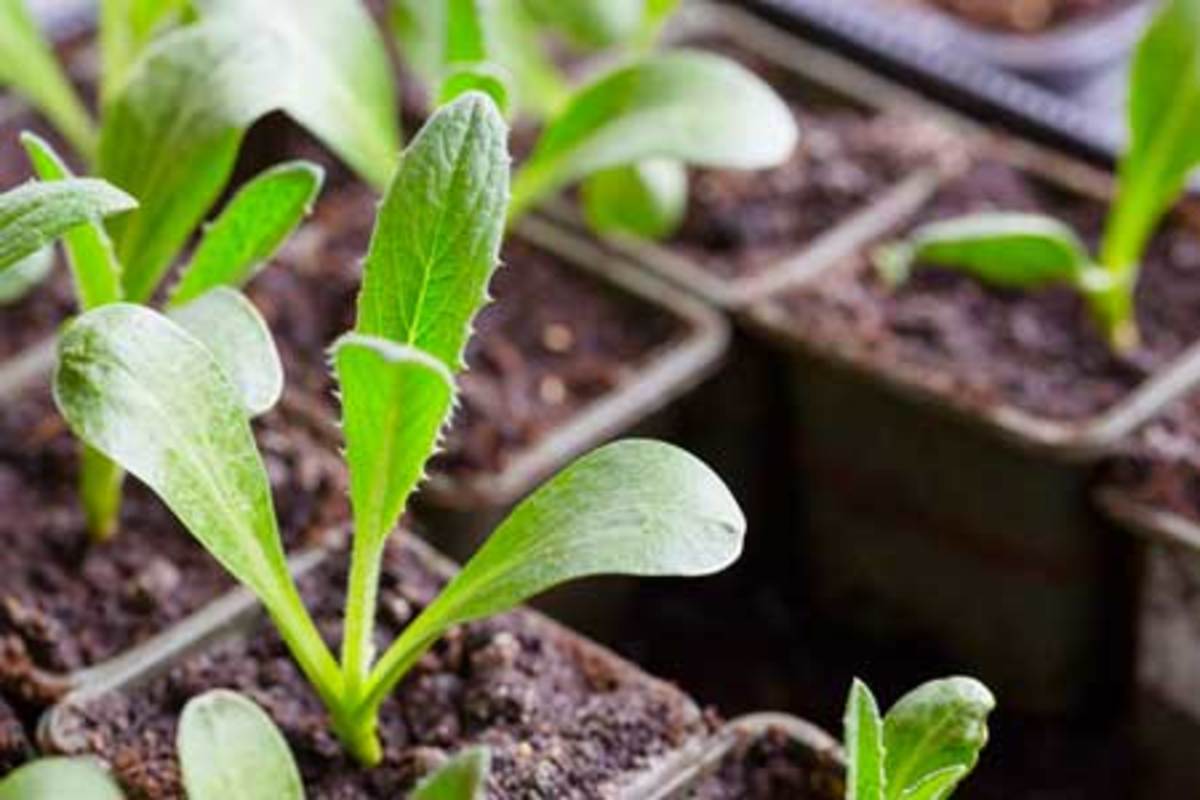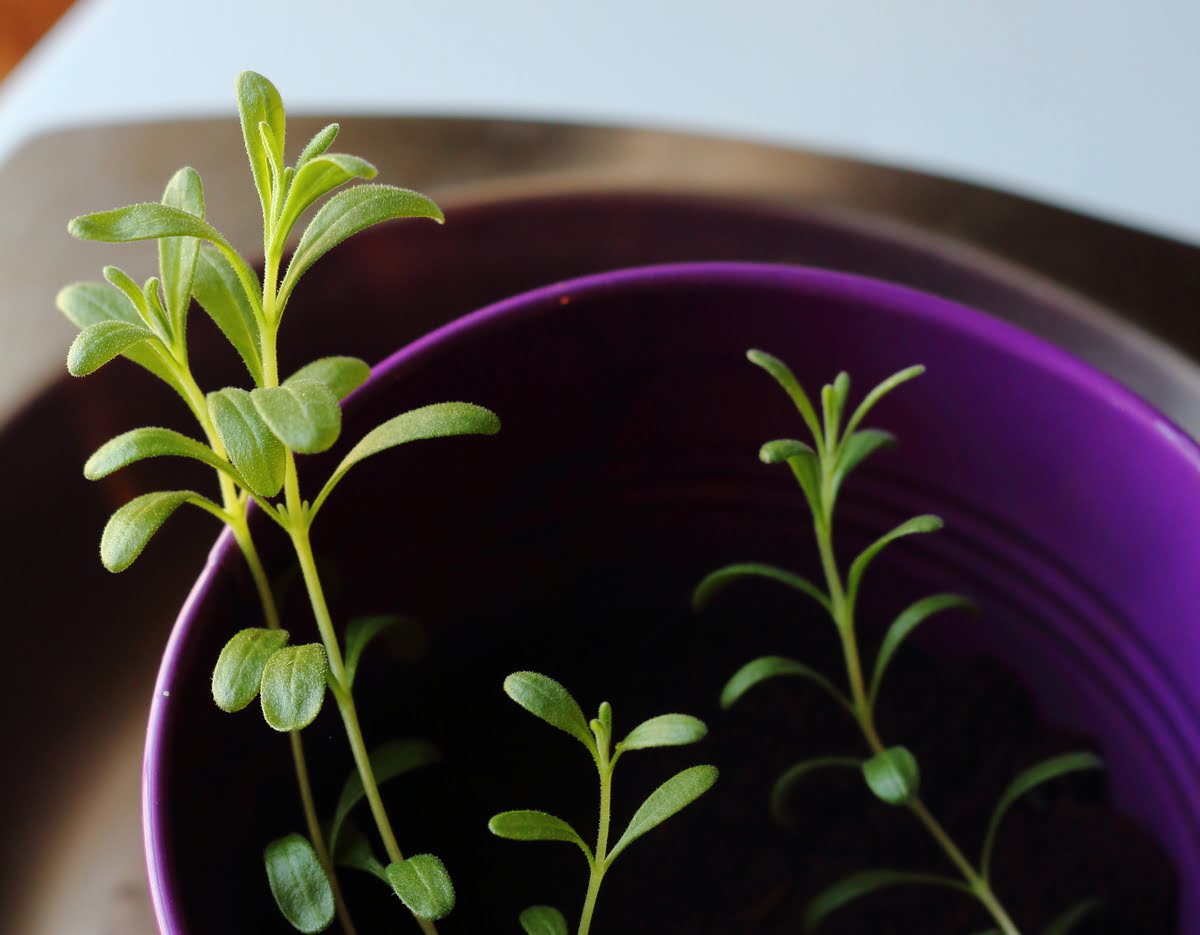Home>Types of Gardening>Edible Gardening>When Do You Transplant Tomato Seedlings
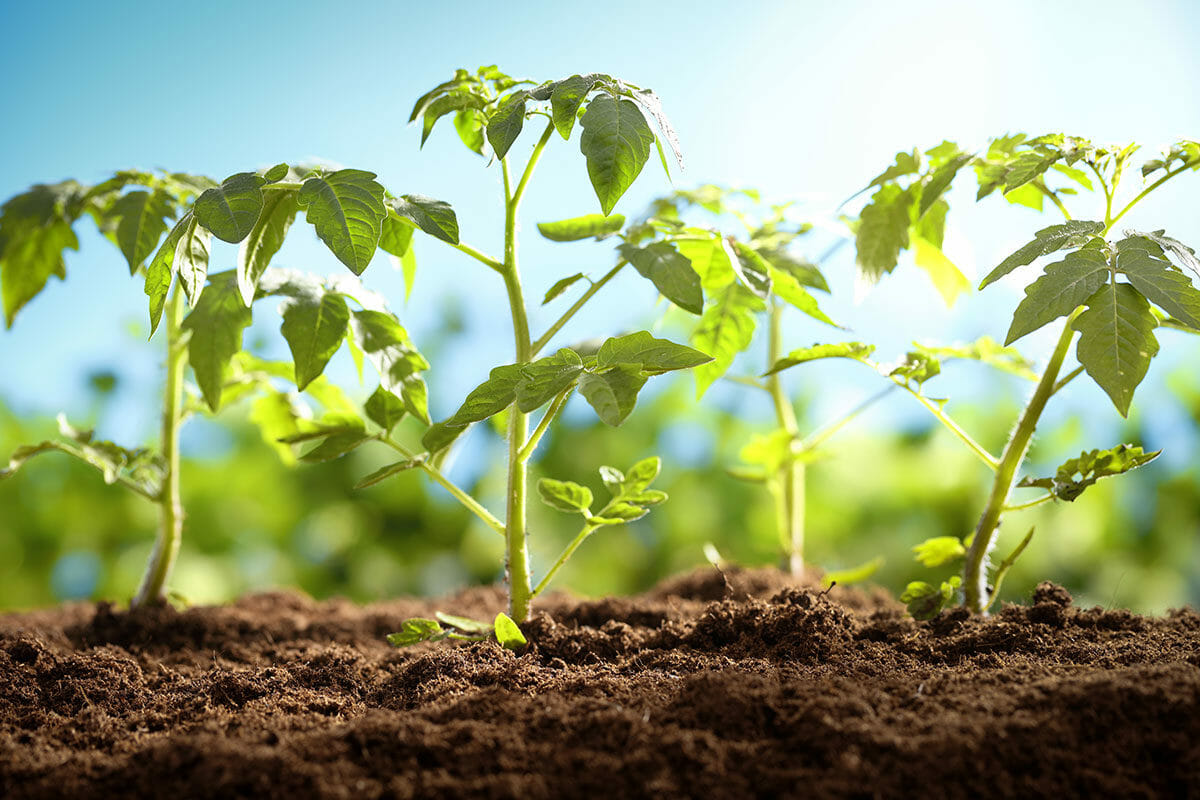

Edible Gardening
When Do You Transplant Tomato Seedlings
Published: January 4, 2024
Learn the best time to transplant tomato seedlings for a successful edible gardening experience. Get expert tips and guidance for a thriving garden.
(Many of the links in this article redirect to a specific reviewed product. Your purchase of these products through affiliate links helps to generate commission for Chicagolandgardening.com, at no extra cost. Learn more)
Table of Contents
**
Introduction
**
Transplanting tomato seedlings is a crucial step in the journey of cultivating robust and fruitful tomato plants. This process involves delicately relocating the young seedlings from their initial containers to a more spacious environment, providing them with the necessary room to flourish. While the prospect of transplanting may seem daunting to novice gardeners, it is a fundamental aspect of nurturing healthy tomato plants.
Understanding the intricacies of transplanting tomato seedlings is essential for ensuring their successful growth and development. From comprehending the ideal time for transplanting to mastering the preparatory steps and the actual transplantation process, each stage plays a pivotal role in the seedlings' transition to a new home. By delving into the nuances of this practice, gardeners can equip themselves with the knowledge and confidence to support their tomato seedlings effectively.
As we embark on this insightful journey, we will explore the optimal timing for transplanting, the essential preparatory measures, and the meticulous aftercare required to nurture the transplanted seedlings. By delving into these aspects, we can unravel the art and science of transplanting tomato seedlings, empowering gardeners to foster thriving tomato plants that yield an abundance of luscious, sun-ripened fruits.
Understanding Tomato Seedlings
Before delving into the intricacies of transplanting tomato seedlings, it is essential to grasp the fundamental characteristics of these young plants. Tomato seedlings typically emerge from seeds after a period of germination, initially taking root in small containers or seedling trays. During this initial phase, they develop delicate stems and a set of embryonic leaves, known as cotyledons, which serve as their primary source of nourishment.
As tomato seedlings continue to grow, they develop their first true leaves, signaling the onset of their photosynthetic capabilities. These leaves are vital for harnessing sunlight and converting it into energy through the process of photosynthesis. At this stage, the seedlings become increasingly robust and are poised to thrive in a more spacious environment, prompting the need for transplantation.
Understanding the growth dynamics of tomato seedlings is crucial for gauging the optimal time for transplanting. It is essential to observe the development of the seedlings and ensure that they have outgrown their initial containers, as confining them for too long can impede their growth and lead to stunted development. By recognizing the signs of readiness for transplantation, such as the emergence of true leaves and a sturdy stem, gardeners can make informed decisions regarding the ideal timing for this pivotal process.
Moreover, comprehending the delicate nature of tomato seedlings underscores the importance of handling them with care during the transplantation process. Their tender roots and foliage necessitate gentle and precise handling to minimize shock and maximize their chances of thriving in their new environment. By gaining insight into the unique characteristics and growth patterns of tomato seedlings, gardeners can approach the transplanting process with attentiveness and expertise, setting the stage for the robust growth and bountiful harvest of their tomato plants.
Ideal Time for Transplanting
Choosing the opportune moment to transplant tomato seedlings is a critical consideration that significantly impacts their subsequent growth and productivity. The ideal time for this pivotal undertaking is influenced by various factors, including the local climate, the specific tomato variety, and the projected outdoor conditions. As a general guideline, transplanting tomato seedlings is typically recommended when they have developed their first set of true leaves and exhibit a sturdy, well-established stem.
Moreover, the local climate and weather patterns play a pivotal role in determining the optimal timing for transplanting. It is essential to consider the frost dates in your region, ensuring that the risk of frost has subsided before transplanting the seedlings into the outdoor garden or larger containers. By aligning the transplantation timeline with favorable weather conditions, gardeners can mitigate the risk of cold damage and provide the seedlings with an auspicious start in their new environment.
Furthermore, the specific tomato variety being cultivated can influence the ideal time for transplanting. Determinate tomato varieties, which tend to mature and produce fruit within a relatively compact timeframe, may necessitate earlier transplantation to facilitate their growth and subsequent fruiting. In contrast, indeterminate varieties, which exhibit continuous growth and fruit production throughout the season, may benefit from slightly delayed transplantation to accommodate their prolonged development.
Considering these factors, it is advisable to transplant tomato seedlings into the outdoor garden or larger containers approximately 1-2 weeks after the projected last frost date in your area. This timeframe allows the seedlings to attain a robust stature and establish a resilient root system, positioning them for optimal growth and productivity in their new environment.
Preparing Seedlings for Transplanting
Before embarking on the actual process of transplanting tomato seedlings, it is essential to prepare them adequately to ensure a seamless transition and promote their vigor in the new environment. This preparatory phase encompasses several key steps aimed at fortifying the seedlings and acclimating them to the outdoor conditions they will encounter post-transplantation.
One crucial aspect of preparing seedlings for transplantation involves gradually exposing them to outdoor elements in a process known as hardening off. This gradual transition from the sheltered indoor environment to the outdoor climate helps the seedlings acclimate to factors such as sunlight, wind, and fluctuating temperatures. Hardening off typically entails placing the seedlings outdoors in a sheltered location for increasingly extended periods over the course of 7-10 days, gradually exposing them to the outdoor conditions they will encounter upon transplantation.
Additionally, as part of the preparatory measures, it is beneficial to ensure that the seedlings are adequately hydrated and nourished prior to transplantation. Providing sufficient water and nutrients in the days leading up to the transplanting process helps fortify the seedlings and primes them for the transition. However, it is important to strike a balance and avoid overwatering the seedlings, as excessively moist soil can impede their resilience and predispose them to issues such as root rot.
Furthermore, inspecting the seedlings for any signs of disease or pest infestation is crucial before transplanting them. Vigilant observation can help detect any potential issues early on, enabling prompt intervention to safeguard the seedlings’ health and vitality. If any signs of disease or pests are noted, appropriate measures such as targeted treatments or isolation of affected seedlings should be implemented to prevent the spread of issues to the entire batch.
By meticulously preparing the tomato seedlings for transplantation through the gradual hardening off process, ensuring optimal hydration and nutrition, and conducting thorough health assessments, gardeners can set the stage for a successful and seamless transition to the outdoor garden or larger containers. These preparatory measures are instrumental in bolstering the resilience and adaptability of the seedlings, paving the way for their robust growth and flourishing in their new environment.
Transplanting Process
The transplanting process marks a pivotal juncture in the journey of nurturing tomato seedlings, facilitating their transition from confined containers to a more expansive and conducive environment for robust growth. Executing this process with precision and care is paramount to ensuring the seedlings’ resilience and vitality as they acclimate to their new surroundings.
Prior to initiating the transplanting process, it is essential to prepare the designated planting area in the outdoor garden or the larger containers where the seedlings will be relocated. The soil should be adequately amended with organic matter and nutrients to provide an enriching medium for the seedlings’ continued development. Additionally, ensuring proper spacing between the transplanted seedlings is crucial to allow ample room for their growth and prevent overcrowding.
When transplanting the seedlings, it is imperative to handle them with gentleness and precision to minimize stress and shock. Carefully loosening the soil around the base of each seedling and lifting them by the root ball helps preserve their delicate root systems and minimize disruption. Placing the seedlings in pre-dug holes or furrows at a depth that accommodates their root structure and ensuring secure soil contact around the roots is vital for promoting seamless establishment in their new environment.
Following the placement of the seedlings, gently tamping the soil around the base of each plant and providing ample irrigation to settle the soil and hydrate the transplanted seedlings is essential. It is advisable to water the seedlings immediately after transplanting and monitor the soil moisture diligently in the ensuing days to support their acclimatization and root establishment. Additionally, applying a layer of organic mulch around the base of the transplanted seedlings helps conserve soil moisture and foster a conducive microclimate for their growth.
Throughout the transplanting process, maintaining a keen focus on minimizing disturbance to the seedlings’ roots and foliage, providing optimal soil contact, and ensuring diligent hydration sets the stage for their successful adaptation to the new environment. By approaching the transplanting process with attentiveness and expertise, gardeners can empower the tomato seedlings to thrive and flourish in their new surroundings, heralding the promise of a bountiful harvest in the seasons to come.
Aftercare for Transplanted Seedlings
Following the pivotal transplanting process, providing attentive aftercare for the newly transplanted tomato seedlings is essential to support their resilience and foster optimal growth in their new environment. This phase encompasses a range of post-transplantation measures aimed at nurturing the seedlings and safeguarding them against potential stressors as they acclimate to their outdoor surroundings.
One fundamental aspect of aftercare for transplanted seedlings involves maintaining diligent soil moisture to sustain their hydration and facilitate robust root establishment. Regular monitoring of the soil moisture and providing supplemental irrigation as needed, especially during periods of inadequate rainfall or high temperatures, is crucial for mitigating transplant shock and promoting the seedlings’ adaptation to their new surroundings.
Furthermore, safeguarding the transplanted seedlings against potential stressors such as intense sunlight and extreme weather conditions is paramount. Providing partial shade for the seedlings, particularly during the initial days post-transplantation, can help shield them from excessive sun exposure and reduce the risk of wilting or sunscald. Additionally, monitoring weather forecasts and implementing protective measures, such as providing temporary wind barriers during gusty conditions, contributes to the seedlings’ well-being and resilience.
Applying a balanced and gentle approach to fertilization is instrumental in nurturing the transplanted seedlings without overwhelming them. Utilizing a diluted, balanced fertilizer or incorporating organic amendments into the soil around the seedlings, several weeks after transplanting, provides them with essential nutrients to support their growth without inducing fertilizer burn or adverse effects.
Furthermore, vigilant pest and disease monitoring is crucial during the aftercare phase to promptly address any emerging issues that could compromise the seedlings’ health. Regular inspection of the foliage and stems for signs of pest activity or disease symptoms enables early intervention, facilitating targeted treatments or preventive measures to safeguard the seedlings from potential threats.
By embracing a holistic approach to aftercare, encompassing diligent soil moisture management, protective measures against environmental stressors, balanced fertilization, and vigilant pest and disease monitoring, gardeners can fortify the resilience of transplanted tomato seedlings and nurture their robust growth in the outdoor garden or larger containers. This attentive aftercare sets the stage for the seedlings to thrive and flourish, laying the groundwork for a rewarding harvest of luscious, homegrown tomatoes.
Conclusion
Embarking on the journey of transplanting tomato seedlings unveils a nuanced and rewarding process that intertwines the art of cultivation with the science of nurturing young plants. By understanding the optimal timing for transplanting, meticulously preparing the seedlings, executing the transplantation process with care, and providing attentive aftercare, gardeners can foster the resilience and vitality of the transplanted seedlings, setting the stage for their robust growth and abundant yield.
Throughout this insightful exploration, we have delved into the intricacies of transplanting tomato seedlings, unraveling the pivotal considerations and practices that underpin this transformative process. From recognizing the ideal time for transplantation to conducting gradual hardening off, ensuring optimal hydration, and executing precise transplantation, each phase contributes to the seedlings’ successful transition to their new environment.
Moreover, the aftercare phase emerges as a crucial continuum of support for the transplanted seedlings, encompassing diligent soil moisture management, protective measures against environmental stressors, balanced fertilization, and vigilant pest and disease monitoring. This holistic approach to aftercare reinforces the resilience of the seedlings and nurtures their flourishing growth in the outdoor garden or larger containers.
As gardeners embrace the art and science of transplanting tomato seedlings, they embark on a journey that intertwines attentive care, expertise, and a profound connection to the natural world. The promise of vibrant, sun-ripened tomatoes borne from the diligent tending of transplanted seedlings serves as a testament to the harmonious synergy between human hands and the bountiful offerings of the earth.
Ultimately, the process of transplanting tomato seedlings transcends the realm of horticulture, encapsulating a narrative of nurturing, resilience, and the timeless cycle of growth and fruition. It beckons gardeners to partake in this timeless dance, where tender seedlings transform into robust plants, yielding an abundant harvest that embodies the fruits of dedication, expertise, and a profound reverence for the wonders of nature.
